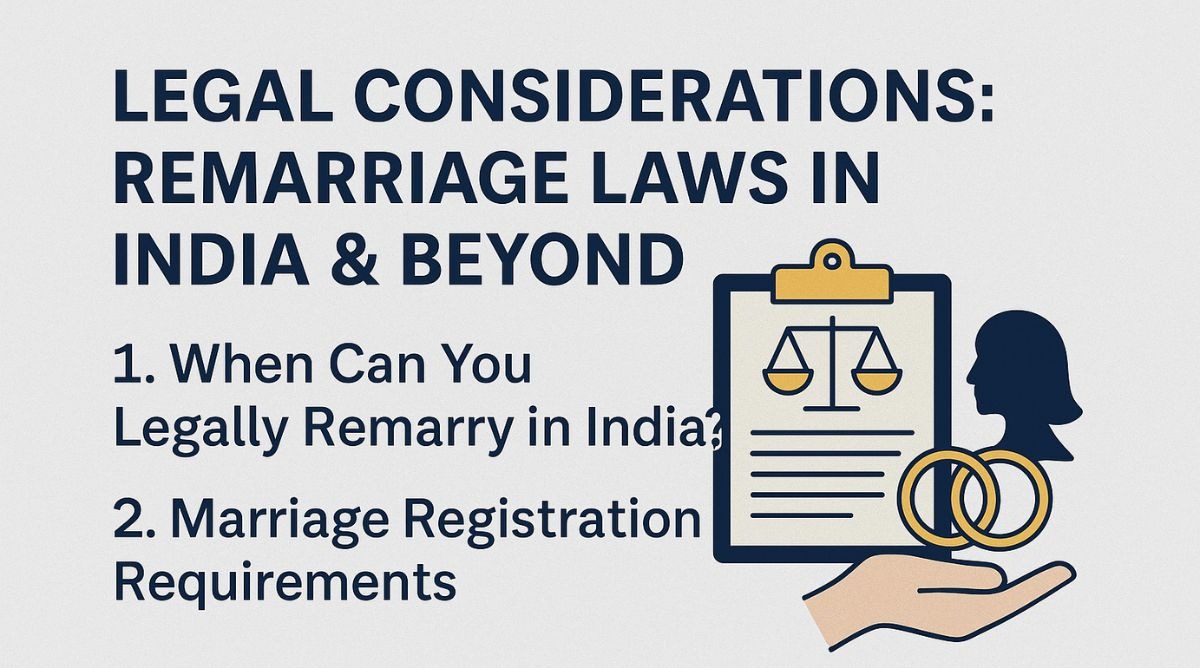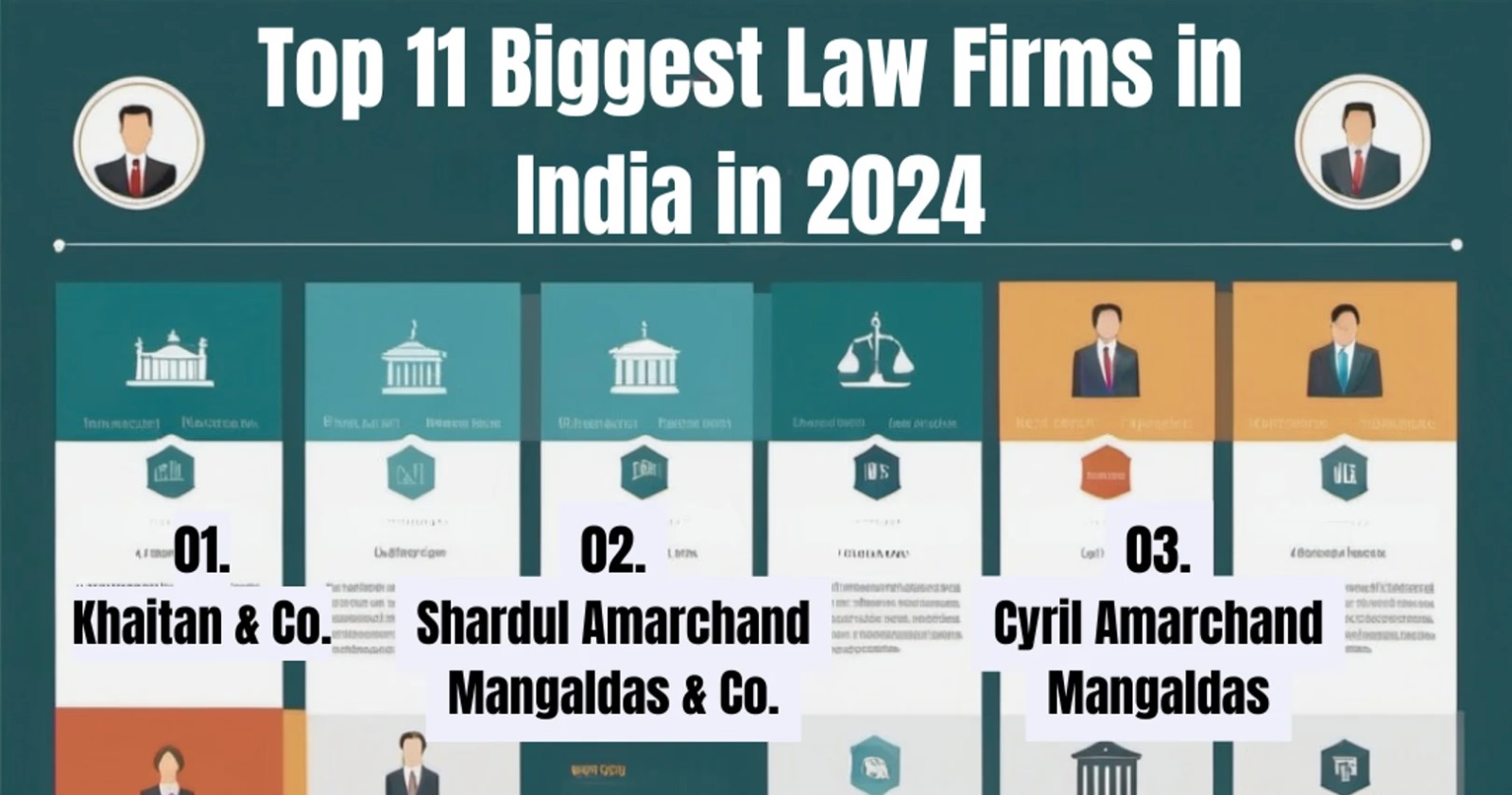K. Kannan, J.@mdashThe stay application filed u/s 10 CPC by the defendant in suit for injunction filed by the plaintiffs was dismissed on a reasoning that the pendency of earlier suit, on the basis of which stay was sought for, was on a different cause of action and unless there was a congruity of all issues, Section 10 CPC cannot be invoked. It is an erroneous assumption that a subsequent suit shall contain the very same prayer as in the previous suit and the subsequent suit must be supported by the very same cause of action as in the previous suit. If there must be a full fledged similarity of both the reliefs perhaps there is not even a need for another suit. If the earlier suit is between the parties with reference to same subject matter that will decide the applicability or otherwise of Section 10. Admittedly, the earlier suit filed between the same parties is with reference to very same subject matter which is in subsequent suit. In the previous suit, the plaintiffs have sought for relief of partition of half share together claiming as heirs to Bhambool Singh and Fateh Singh while the defendants in the suit have claimed for their entitlement by propounding a Will said to have been executed in their favour set up by them and they have also denied that the plaintiffs are the only heirs. The relief of injunction in the subsequent suit for a restraint against an alienation is sought on the ground that they are entitled to the property and the property cannot be alienated to prejudice their right. An adjudication regarding the entitlement of the plaintiffs is very much an issue in the previous suit and if the direction goes either way namely of the plaintiffs succeeding on a finding their entitlement to the property or their failure to establish such a right will have a direct bearing to whether they should be entitled to relief of injunction or not. If that is so, the applicability of Section 10 can very easily be understood as relevant in this case.
2. Learned counsel appearing on behalf of the respondent cites before me a judgment of the Supreme Court in
3. The respondents-plaintiffs ought not to have any apprehension at all that their own suit of injunction will be rendered hopelessly otiose if the stay is granted. The stay of suit that Section 10 contemplates is only for trial and not of any other interlocutory order passed at any interlocutory stage. The stay may not take away any of the rights of the plaintiffs to apply to the Court and seek for protection of their possession if there is danger to their possession. Clarifying to the plaintiffs'' their own entitlement to have redressal in the suit which is stayed through any interlocutory application that may become necessary, the order passed already by the Court below is set aside. There shall be a stay of trial of the suit filed by the plaintiffs-respondents in the application filed before the Court. The civil revision is allowed.

